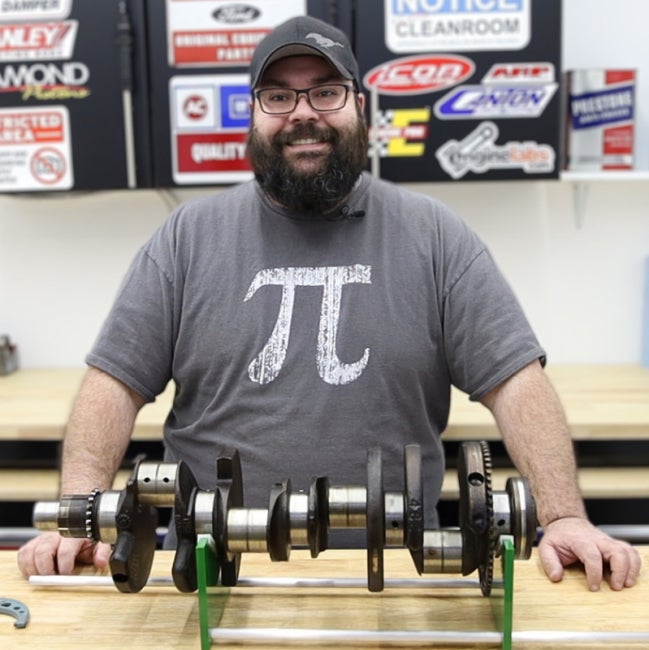As a fan of EngineLabs, you likely look at Formula 1 engines as the pinnacle of engineering and innovation. While that is true for the most part, at the end of the day, the engines are limited by a rulebook which, unfortunately, hampers some of the outside-oof-the-box thinking you might expect. However, when you look into the archives of a company like Cosworth, they have over half a century of piston design under their belt. Scott Mansell (no relation to former F1 driver Nigel) spent a day at Cosworth’s UK facility to learn how F1 pistons come to life.
Surprisingly, the development of a Formula 1 piston is quite similar to that of the high-performance pistons likely in your project engine right now. Starting in CAD software, the design process take four to eight weeks. More intensive than a typical piston design, arguably the most important feature is the crown design. This is where Cosworth’s 50-plus years of experience comes into play. “We’ve got quite a good database built up from all the pistons we’ve done in the past,” says Matthew Torok, one of Cosworth’s engineers. “Initially, a new piston is designed based off of our previous data.”

Step one in the piston manufacturing process is to design the desired piston in CAD software. That will serve as the base for all of the subsequent design, engineering, and manufacturing processes.
Once the design is solidified, the next step is to design the forging tool. Since F1 pistons are all forged aluminum, and the designs are different from engine to engine, a custom forging tool for the press must be designed for each new piston design. Made from super-finished tool steel, the forging tool is a work of art in its own right. Surprisingly, there are no super-exotic alloys used in F1 pistons, thanks to a stringent rulebook.
Once forged, the next step is machining. While that is similar to what a standard forged motorsport piston undergoes, what really sets F1 pistons apart is the tolerances all of the machined features are held to. While a typical competition piston we deal with has tolerances measured in the ten-thousandths of an inch, F1 pistons are held to tolerances ten times tighter — in the microns. In order to achieve that, not only are some of the most precise machines in the world required, but world-class climate control is needed as well. “If you just held the piston in your hand for about 10 seconds, that would be enough to bring it out of tolerance,” says Dave Herbert, a Cosworth Production Engineer.

The forging die for the underside of the piston is one of the most complex and time-consuming parts to manufacture. It is made from tool steel and is super finished for a strong, smooth underside of each piston.
Like most performance pistons, F1 pistons have a degree of ovality built into them. Additionally, the wrist pin bore of the piston has a curve built into it, to account for deflection under combustion. From there, Cosworth applies a coating most of us are familiar with, Diamond-Like Carbon (DLC). The hardened coating increases wear resistance while reducing friction. Once coated the pistons undergo a thorough measuring session on the Coordinate Measuring Machine.
The final inspection each F1 piston undergoes is dye-penetrant testing. Cosworth uses a much more advanced version of what we showcased on Retro 5.0’s teardown with UV-reactive dye, that will seep into and highlight any flaws in the completed piston.

The UV penetrating dye will seep into any potential flaws in the finished piston, and then fluoresce under ultraviolet light, highlighting flaws and weak spots in the piston.
And there you have it, how an F1 piston comes to life. Now, you might be wondering, where does that oft-repeated $50,000 per piston price come from? The design, programming, and toolmaking processes are quite expensive. And where a run of production pistons might have tens of thousands of sets of pistons to amortize the cost of those things over, F1 pistons are extremely low-volume projects by comparison. Additionally, the tolerances are much tighter, leading to a much higher rejection rate, again, increasing per-piston costs.
In the end, the pistons are incredible pieces of engineering, but aren’t so far removed from reality that you can’t see the similarities between them and the slugs in your project engine.


















